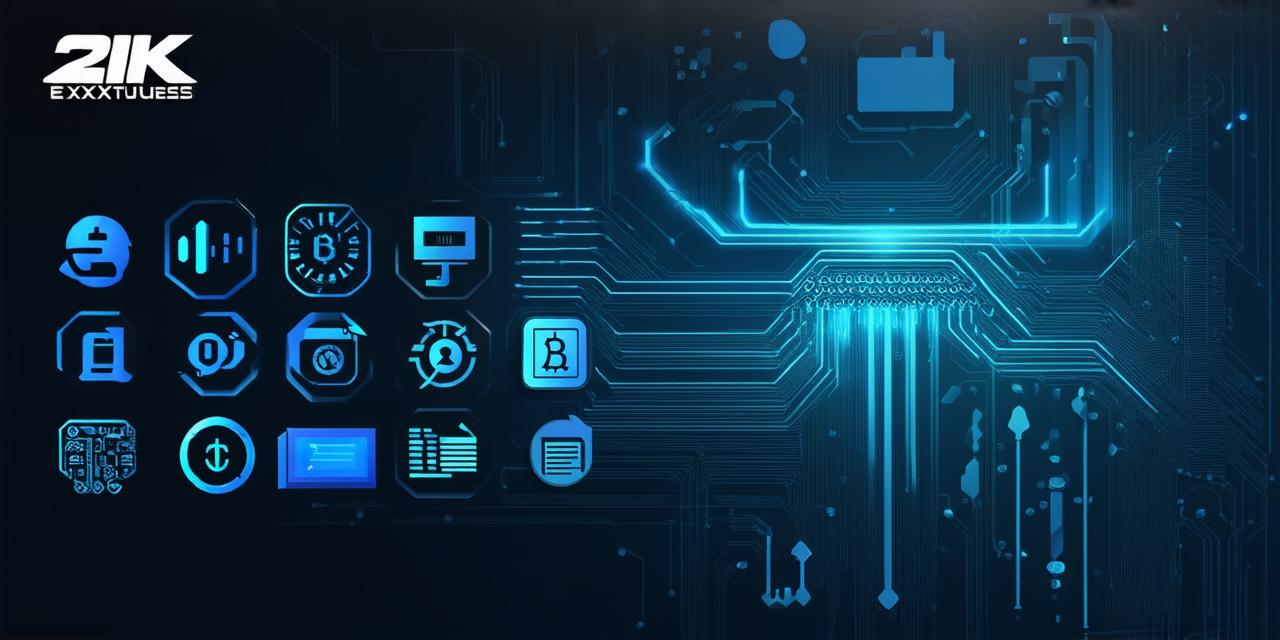
Introduction:
In recent years, blockchain technology has gained immense popularity due to its potential to revolutionize industries and enable secure, transparent transactions. As the demand for blockchain solutions grows, so does the need for skilled professionals who can design, develop, and maintain these systems. One of these roles is that of a blockchain architect, who plays a critical part in designing the underlying architecture of blockchain networks.
What is a Blockchain Architect?
A blockchain architect is responsible for designing the overall structure and functionality of a blockchain network. This includes defining the consensus mechanism, selecting the appropriate cryptographic algorithms, designing smart contract patterns, and optimizing performance for scalability and security. Blockchain architects also need to have a deep understanding of the underlying technologies that support blockchain networks, such as distributed systems, data structures, and cryptography.
Case Study: Ethereum’s ERC-20 Token Standard
One of the most well-known examples of a blockchain architecture is the Ethereum network and its ERC-20 token standard. The ERC-20 standard was designed to enable developers to create fungible tokens on the Ethereum platform, which could be traded on various cryptocurrency exchanges. The ERC-20 standard defines a set of rules for creating and managing these tokens, including how they can be transferred, stored, and traded. This standard has been widely adopted by blockchain developers, making it one of the most popular token standards in use today.
Personal Experience: Building a Decentralized Autonomous Organization (DAO)
As a blockchain developer, I have had the opportunity to work on building decentralized autonomous organizations (DAOs). DAOs are self-governing entities that operate using smart contracts on a blockchain network. To build a successful DAO, you need to have a deep understanding of blockchain architecture and how to design smart contracts that can be executed automatically. You also need to have a good understanding of consensus mechanisms and how they impact the performance and security of a blockchain network.
Research: Blockchain Architecture Design Patterns
There is a growing body of research on blockchain architecture design patterns, which provide guidance for architects on how to design scalable, secure, and efficient blockchain networks. These patterns include the sharding pattern, the off-chain scaling pattern, and the state transition pattern. By using these patterns, architects can design blockchain networks that can handle large volumes of transactions while maintaining high levels of security and privacy.
Expert Opinion: “Blockchain Architecture is Critical to Success”
According to Dr. Andreas Antonopoulos, a renowned blockchain expert and author, “Blockchain architecture is critical to success. It determines how well your network can scale, how secure it is, and how efficient it is in terms of resource utilization.” In his book “Mastering Bitcoin,” Dr. Antonopoulos provides guidance on designing scalable and secure blockchain networks, including best practices for selecting consensus mechanisms, optimizing performance, and ensuring data integrity.
Real-life Example: Lightning Network for Bitcoin
The Lightning Network is a second-layer scaling solution for the Bitcoin network that enables fast and low-cost transactions. The Lightning Network was designed using blockchain architecture principles, including sharding, off-chain scaling, and state transitions. By using these principles, the Lightning Network has been able to scale the Bitcoin network to handle thousands of transactions per second without compromising security or performance.
FAQs:
Q: What skills are required to be a blockchain architect?
A: A blockchain architect needs strong technical skills in distributed systems, cryptography, and data structures, as well as expertise in smart contract programming and consensus mechanisms. They also need to have good communication and leadership skills to work effectively with cross-functional teams.
Q: How does a blockchain architecture impact performance?
A: The design of a blockchain architecture can significantly impact the performance of a network. Factors such as consensus mechanism selection, smart contract patterns, and off-chain scaling techniques can all affect how quickly and efficiently transactions are processed and validated.
